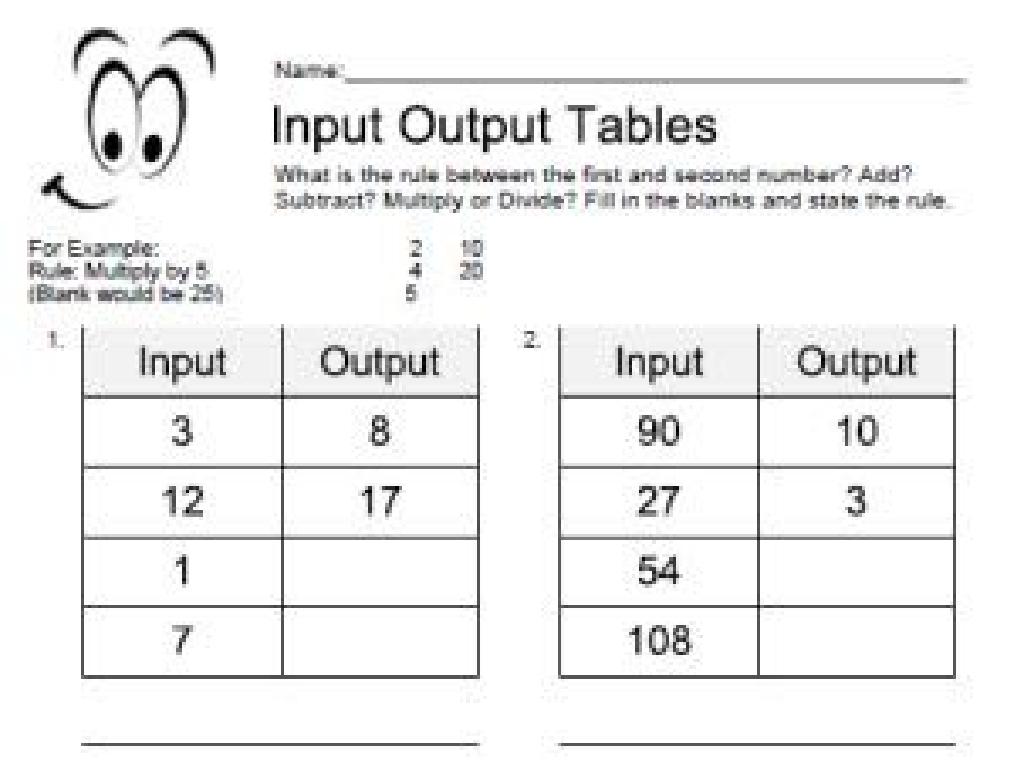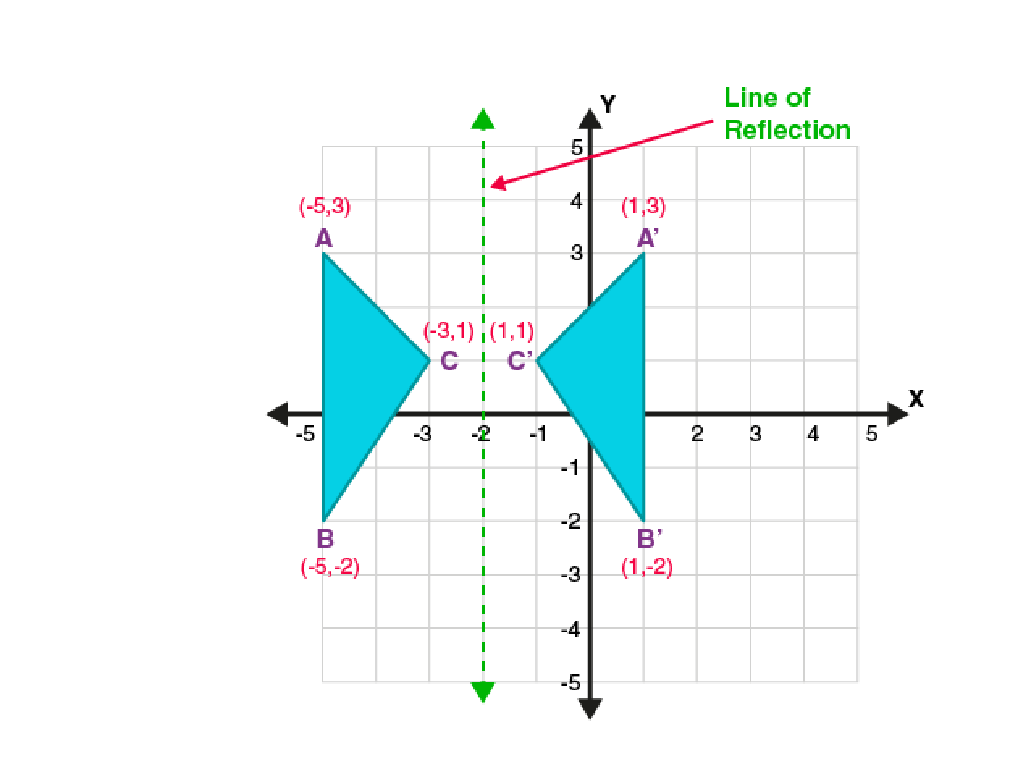Addition Word Problems - Four Or More One-Digit Numbers
Subject: Math
Grade: Second grade
Topic: Addition: One Digit
Please LOG IN to download the presentation. Access is available to registered users only.
View More Content
Welcome to Addition!
– Becoming addition experts today
– Adding more than two numbers
– Learn to add 3, 1, 4, and 2 together. What’s the total?
– Solving fun word problems
– Use stories to find sums, like 2 apples + 3 apples + 1 apple.
– Practice with four or more numbers
– How many toys do you have if you have 1 teddy, 2 cars, 3 dolls, and 1 ball?
|
This slide introduces the concept of addition with multiple one-digit numbers, aiming to build confidence in second-grade students as they become ‘addition experts.’ Start by explaining that addition is simply finding the total when we put groups together. Use relatable examples like adding different sets of toys or fruits. Encourage students to count aloud and use their fingers if needed. Provide clear examples on the board and then let students try with real objects or illustrations. Make sure to praise their efforts to build a positive learning environment. For homework, ask them to find things at home that they can add together.
Understanding Addition
– Addition combines numbers
– Imagine adding apples together
– If you have 3 apples and get 2 more, now you have 5!
– Adding makes totals grow
– Practice with one-digit numbers
– Let’s add 4, 3, 2, and 1 together!
|
This slide introduces the concept of addition as a way to combine numbers to find a total. Use relatable examples like adding apples to make the concept more tangible for second graders. Emphasize that when we add numbers, the total always becomes larger. Encourage students to visualize the process of addition to aid their understanding. For practice, use simple one-digit numbers to create word problems that they can solve. This will help them grasp the concept of addition and prepare them for more complex problems in the future. Make sure to provide various examples and use props or visuals if possible to make the learning experience engaging.
Adding One-Digit Numbers
– Understand one-digit numbers
– Numbers 0 to 9 are one-digit numbers
– Methods to add one-digit numbers
– Use fingers, objects, or a number line to add
– Example: Adding with objects
– Let’s add 2 + 3 using three apples and two oranges
– Practice addition together
|
This slide introduces second-grade students to the concept of adding one-digit numbers. Begin by explaining that one-digit numbers range from 0 to 9. Demonstrate different methods of addition such as using fingers for tactile learning, objects for visual representation, and a number line for abstract understanding. Use an example like adding 2 apples and 3 oranges to make the concept concrete. Encourage students to practice by providing additional simple addition problems and allow them to choose their preferred method of solving. This hands-on approach helps solidify their understanding of basic addition.
Solving Addition Word Problems
– Word problems are number stories
– Read carefully to find numbers
– Look for keywords like ‘in all’, ‘total’, or ‘together’ to find numbers to add.
– Let’s solve a problem together
– Example: If 3 birds are on a tree and 4 more land, how many birds in all?
– Practice adding one-digit numbers
|
This slide introduces students to the concept of addition word problems. Emphasize that word problems are like stories that involve numbers, and our job is to find and add those numbers together. Encourage students to read the problem slowly and look for keywords that suggest addition. Work through an example problem as a class, asking students to identify the numbers and explain how they found them. After the example, provide several practice problems for students to try, either individually or in small groups. Offer guidance as needed and praise their efforts to build confidence.
Adding Toys: A Word Problem
– Count Tom’s toy cars
– Tom has 2 cars
– Count Tom’s toy trains
– Tom has 3 trains
– Count Tom’s toy airplanes
– Tom has 4 airplanes
– Add all toys together
– 2 cars + 3 trains + 4 airplanes = 9 toys
|
This slide presents a simple addition word problem involving one-digit numbers, suitable for second graders. The problem is about Tom, who has a collection of toy cars, trains, and airplanes. The students are guided to identify the quantities of each type of toy and then add them together to find the total number of toys. The slide is designed to help students practice their addition skills in a fun and relatable context. In the next class, encourage students to bring similar stories from home where they counted items and added them up. This will help them apply their math skills to real-life situations and understand the practical use of addition.
Let’s Solve Together: Adding One-Digit Numbers
– Start with 2 + 3 = 5
– Then add 5 + 4 to get 9
– Tom has 9 toys in total
– Counting Tom’s toys helps us understand addition
– Let’s try another example
– Practice makes perfect with another fun problem
|
This slide is designed to engage second-grade students in a step-by-step addition problem. Start by demonstrating the addition of two one-digit numbers, 2 + 3, to get 5. Then, show them how to add another one-digit number, 4, to the sum, resulting in 9. Use a relatable context, such as counting toys, to make the concept more tangible. After walking through this example, encourage the students to apply the same method to a new problem. This reinforces the concept and builds their confidence. In the next class, provide a similar problem and let the students solve it, either individually or in small groups, to ensure they have grasped the concept of adding multiple one-digit numbers.
Adding Fruits: A Word Problem
– Count Sally’s fruits
– Find the numbers: 1, 2, 3, 1
– Numbers represent different fruits
– Add the numbers together
– Use addition: 1 banana + 2 apples + 3 oranges + 1 grape
– Discover total fruits
– Sum equals total fruit count
|
This slide is a practice word problem to help students apply their addition skills to real-life situations. The problem involves adding four one-digit numbers, representing different fruits. The goal is for students to identify the numbers within the context of the problem, perform the addition, and come to an understanding of the total amount. Teachers should guide students through the process of solving the problem step by step, ensuring they understand how to extract numbers from a word problem and combine them using addition. Possible activities include using physical fruit props for a visual aid, having students write out the problem, or working in groups to solve similar problems. Encourage students to explain their thought process as they solve the problem.
Group Activity: Crafting Addition Stories
– Create your own addition problems
– Use classroom items for stories
– For example, count pencils, erasers, or books to form a story
– Share and solve with the class
– Understand addition practically
– Applying addition to real-life helps grasp the concept better
|
This group activity is designed to encourage collaboration and creativity among students while reinforcing their addition skills. Divide the class into small groups and instruct them to look around the classroom for items they can use in their stories. They should create a narrative that naturally incorporates adding four or more one-digit numbers. For example, they might tell a story about how many pencils are left in a box after some are taken out or how many books are on a shelf if we add a few more. After crafting their stories, each group will present to the class and solve the addition problem within their story. As a teacher, facilitate the activity by providing guidance and ensuring each group understands the task. Offer assistance in creating the problems and encourage students to think creatively. Possible activities for different groups could include using different classroom items or coming up with stories based on different themes, such as a picnic or a birthday party.
Conclusion & Homework: Adding Four Numbers
– Recap: Solving addition word problems
– Tip: Find numbers in the story
– Look for clues like ‘in all’, ‘altogether’ to find numbers to add.
– Homework: Solve worksheet problems
– Practice with the problems on your worksheet to become a math detective!
– Next class: We’ll review answers
– Be ready to discuss how you solved the problems.
|
Today’s lesson focused on developing the students’ ability to solve addition word problems involving four one-digit numbers. Reinforce the strategy of identifying numerical information within the context of a story and using addition to find the total. The homework assignment is designed to provide additional practice to solidify these concepts. Encourage students to approach each problem methodically, looking for key phrases that indicate addition. During the next class, we will go over the worksheet answers together, allowing students to share their problem-solving strategies and learn from each other. This collaborative review will help address any misunderstandings and celebrate their successes.





